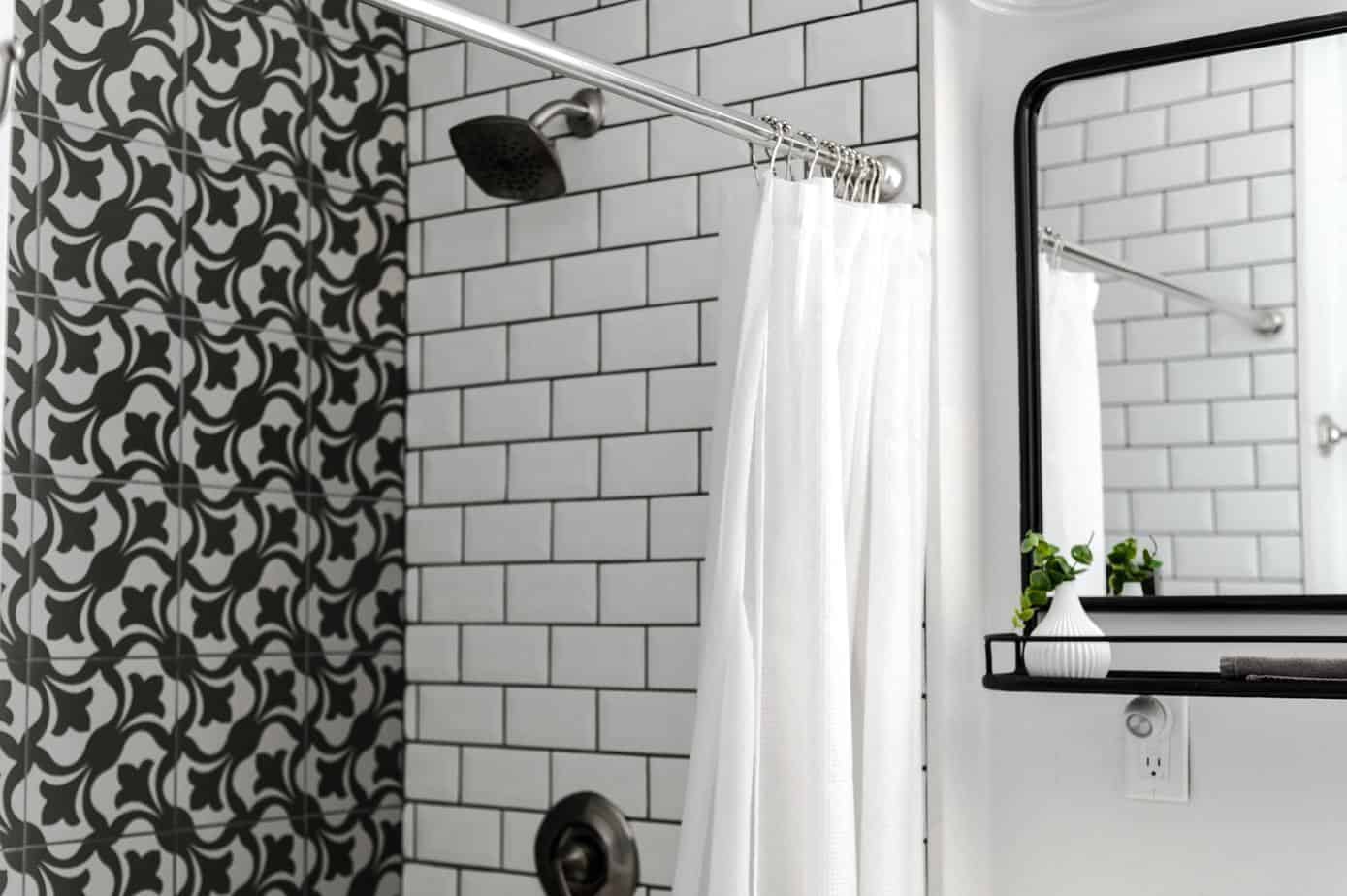
Ceramic tiles in the final stage are fired at a high temperature. It is at this stage that part of the material is calibrated and the other is rectified. Rectified tiles have regular edges and the same size. What is the difference between calibrated and rectified tiles? How to install them?
Rectified tiles have the same size. To achieve this, the edges must be mechanically cut or ground. This process is called rectification.
Manufacturers of this type of tiles assumed that their size should not vary by more than 0.2 mm, and the angle between the sides should be exactly 90°.
Rectified tiles have sharpened edges, while calibrated tiles have slightly rounded edges. Sharp edges are more modern, and the plane that can be created with them is more uniform. Even edges make joints between tiles less visible. It is worth knowing, however, that additional processing in the form of rectification increases the price of the tiles, the difference being between 10 and 30 PLN per 1m2.
Installing most ceramic tiles requires grouting. Despite the rectification process, this type of tiling will also need it. However, they will be significantly smaller. It is enough for them to be 1.5 millimeters.
Such a procedure will prevent cracking of the tiles due to forces acting in further layers of the wall or floor.
There is also another argument for using grout – it makes it easier to remove the tiles if necessary. Using grout will make it possible, for instance, to remove damaged elements of the tiling. All you have to do is peel off one of them. Without grouting this would not be possible and would lead to deformation of the rest of the tiles.
Grouting rectified tiles does not require any special materials. The same goes for fixing them to the surface – it is enough to use standard products for ceramic coverings
However, it is worth putting a lot of effort into laying rectified tiles. Precision is key, because with narrow grout, it is very difficult to hide any possible shortcomings
Rectified tiles make it easier to arrange elements of different sizes, which allows for great freedom when decorating, for example a bathroom
This type of covering will also be perfect for cut mosaics – it is enough to cut a larger tile into smaller elements with sharp edges and arrange them in fanciful patterns
Ceramic cladding, especially the rectified one, is an extremely fashionable product. It owes its popularity to its modern form, but also to its possibilities. Thanks to them you can get not only an interesting combination of formats, but it can also become an imitation of natural materials such as wood or stone
In many top interior design magazines there are imitations of marble, which looks good only with trimmed edges. Why? Because that is how the original is laid. A great trick is to choose tiles with a larger size. This allows you to reduce the width of the grout to as little as 1.5 mm
Rectified tiles are a perfect complement to modern, minimalist bathrooms. They also work well in the kitchen, where they can create a perfect base for many styles. Both laying and grouting this type of cladding, in addition to precision, does not require the use of other products than in the case of other ceramic tiles.
Main Photo: Andrea Davis/unsplash.com